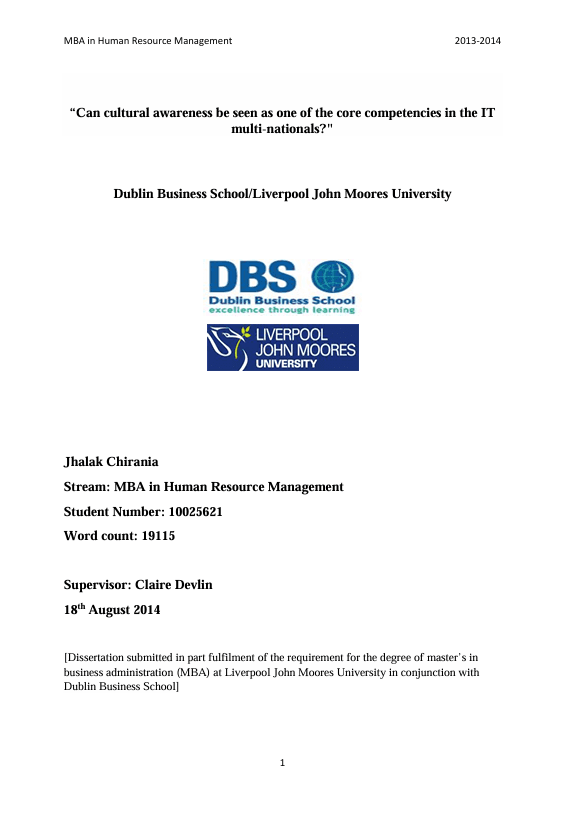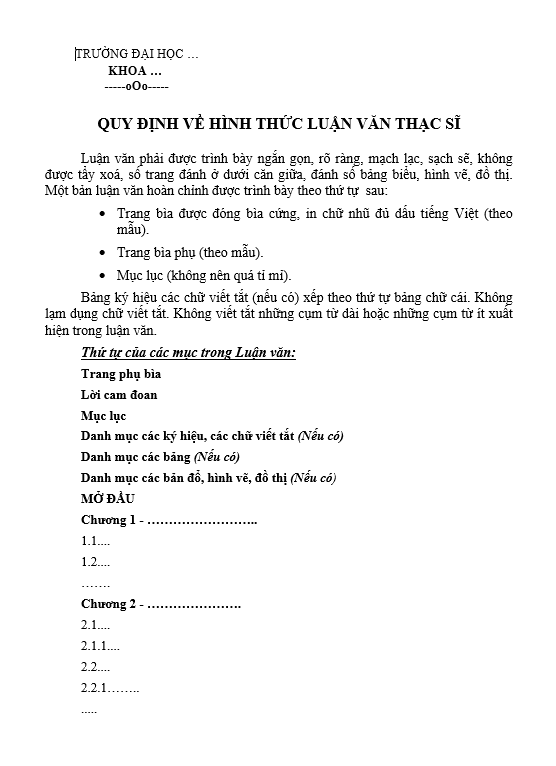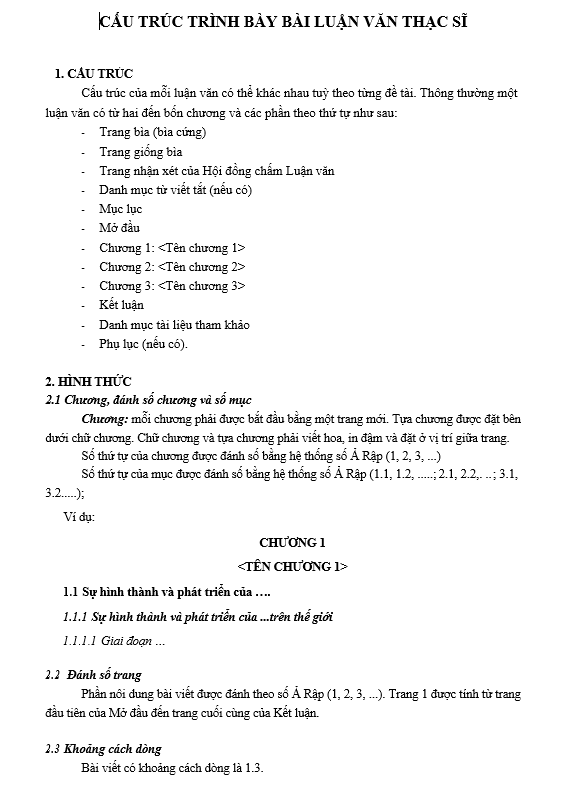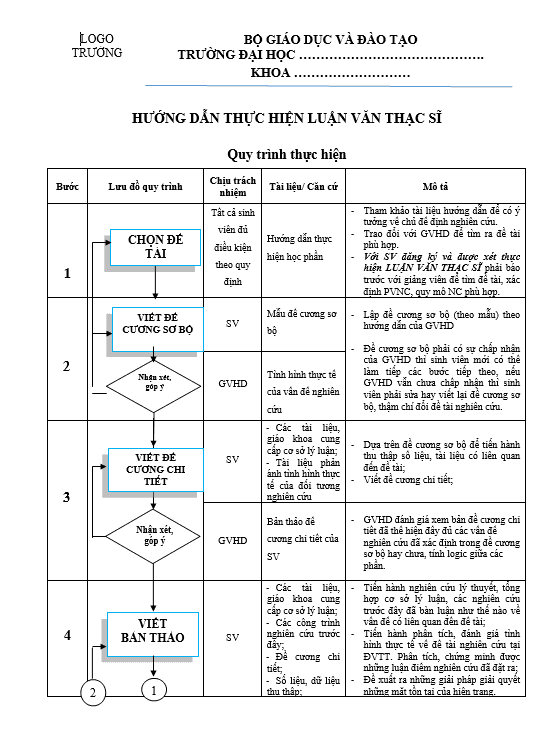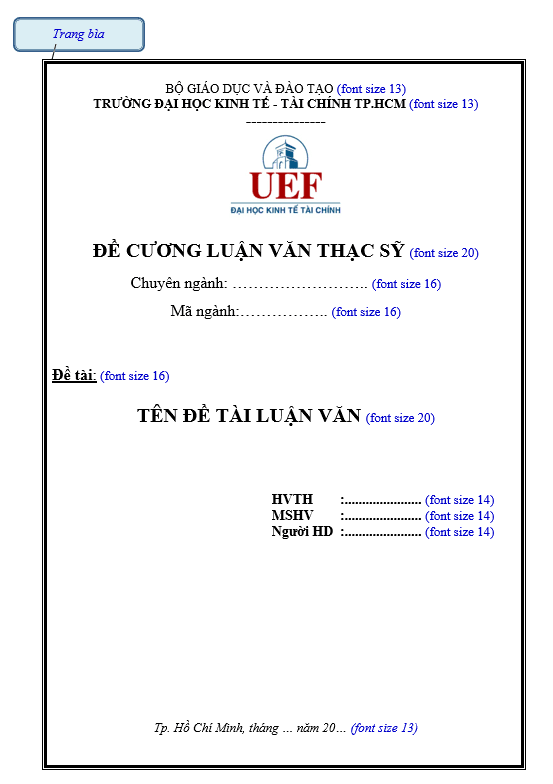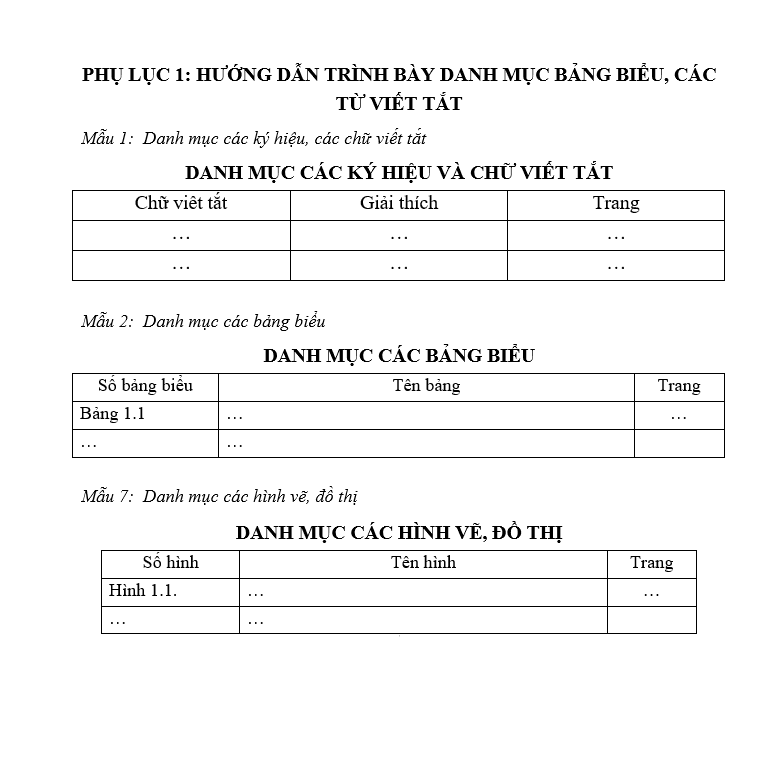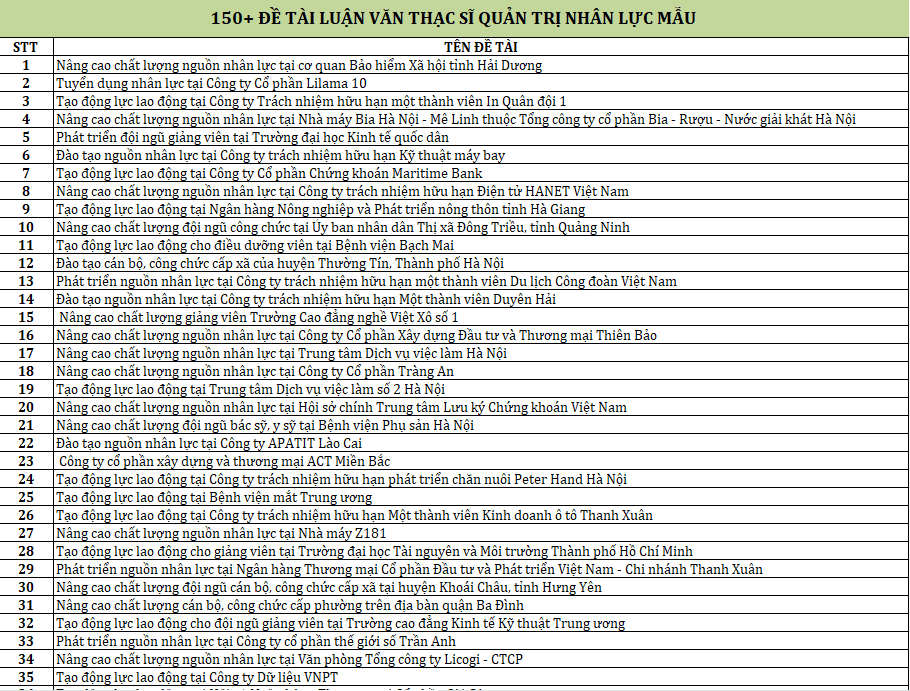Table of Contents
Introduction………………………………………………………………………………………………………………..9
1.1 Background……………………………………………………………………………………………………..10
1.2. Research Area…………………………………………………………………………………………………10
1.3. Research Objective…………………………………………………………………………………………..10
1.4. Research Question……………………………………………………………………………………………11
1.5. Research Suitability………………………………………………………………………………………….11
1.6. Recipients of the research…………………………………………………………………………………11
Literature Review………………………………………………………………………………………………………12
2.1 Introduction……………………………………………………………………………………………………..13
2.2 Soft Skills in IT industry……………………………………………………………………………………14
2.3 Are soft-skills overrated?…………………………………………………………………………………..16
2.4 Cultural Awareness, a subset of soft skills……………………………………………………………17
2.4.1. Values and Identity…………………………………………………………………………………….18
2.4.2. Customs and rituals……………………………………………………………………………………19
2.5 Models on Culture…………………………………………………………………………………………….20
2.5.1. Single dimension model……………………………………………………………………………..21
2.5.2. Multi-dimensional models: Geert Hofstede’s work………………………………………..22
2.5.3. Criticisms of Hofstede’sdimensions of National Cultures………………………………26
2.6. Conclusions…………………………………………………………………………………………………….28
Chapter 3………………………………………………………………………………………………………………….29
Research Methodology………………………………………………………………………………………………29
3.1 Introduction……………………………………………………………………………………………………..30
3.2 Research Question…………………………………………………………………………………………….30
3.3 Research Design……………………………………………………………………………………………….30
3.4 Research Philosophy…………………………………………………………………………………………32
3.5 Research Approach…………………………………………………………………………………………..32
3.6 Research Strategy……………………………………………………………………………………………..33
3.7 Time Horizon…………………………………………………………………………………………………..33
3.8 Sampling Methods and Selecting Respondents…………………………………………………….34
3.9 Research Ethics………………………………………………………………………………………………..35
3.10 Data Collection Instruments……………………………………………………………………………..35
3.11 Data Analysis Procedures………………………………………………………………………………..36
3.12 Limitations of Methodology…………………………………………………………………………….36
Data Collection and Analysis………………………………………………………………………………………38
4.1 Introduction……………………………………………………………………………………………………..39
4.2. Collecting Qualitative Data……………………………………………………………………………….39
4.3 Analysing qualitative data………………………………………………………………………………….40
4.4 Advantages of working in a diverse team…………………………………………………………….41
4.4.1. Primary research………………………………………………………………………………………..41
4.4.2. Secondary research…………………………………………………………………………………….41
4.5 Challenges of working in a diverse team……………………………………………………………..42
4.5.1. Primary Research……………………………………………………………………………………….42
4.5.2. Secondary research…………………………………………………………………………………….42
4.6. Did culture awareness and acknowledgement impact the performance of the
individuals working in multi-nationals?…………………………………………………………………….43
4.6.1. Primary research………………………………………………………………………………………..43
4.6.2. Secondary Research……………………………………………………………………………………44
4.7 Culture awareness beinga part of soft-skills training…………………………………………….45
4.7.1 Primary Research………………………………………………………………………………………..45
4.7.2. Secondary Research……………………………………………………………………………………46
4.8 Conclusion……………………………………………………………………………………………………….47
Conclusion……………………………………………………………………………………………………………….48
5.1 Research objective 1: Cultural Convergence or Divergence…………………………………..50
5.2 Research objective 2: At the top of the pyramid-CEO’S………………………………………..51
5.3Research objective 3: Chief Human Resource Officer…………………………………………..51
5.4 Research objective 4: Suggestion for managers…………………………………………………….52
5.5 Research objective 5: Answering the research question…………………………………………53
5.6 Research Objective 6: Experience and maturity counts………………………………………….53
5.7 Inference………………………………………………………………………………………………………….54
Recommendations……………………………………………………………………………………………………..55
6.1. Outline of a Cross-Cultural Training Module………………………………………………………56
Limitations of the Research………………………………………………………………………………………..58
7.1 Theoretical limitations……………………………………………………………………………………….59
7.2Sample limitations…………………………………………………………………………………………….59
7.3 Counter effects of creating a ‘Culture Training’ Module……………………………………….59
7.4 Inference………………………………………………………………………………………………………….60
Appendix………………………………………………………………………………………………………………….61
8.1 Reflection on Learning………………………………………………………………………………………62
8.1.1. Introduction………………………………………………………………………………………………62
8.1.2. Learning styles…………………………………………………………………………………………..62
8.1.3. Action Research…………………………………………………………………………………………63
8.1.4. Self-Appraisal……………………………………………………………………………………………63
8.1.5. Problem Solving………………………………………………………………………………………..64
8.1.6. Summary of added values………………………………………………………………………………65
8.1.7. Plan to apply sustain the learning…………………………………………………………………….65
8. 2 “Lunch is like the West and Dinner is like the East.”……………………………………………66
8.3. Sample Size…………………………………………………………………………………………………….66
8.4. Sampling methods……………………………………………………………………………………………67
8.5. Types of Interviews in a qualitative research……………………………………………………….67
8.6. Questionnaire………………………………………………………………………………………………….68
8.7. Power Distance between U.S. and China…………………………………………………………….69
8.8. List of the interviews………………………………………………………………………………………..70
8.9 Timeline of the Research……………………………………………………………………………………71
Bibliography…………………………………………………………………………………………………………….72

